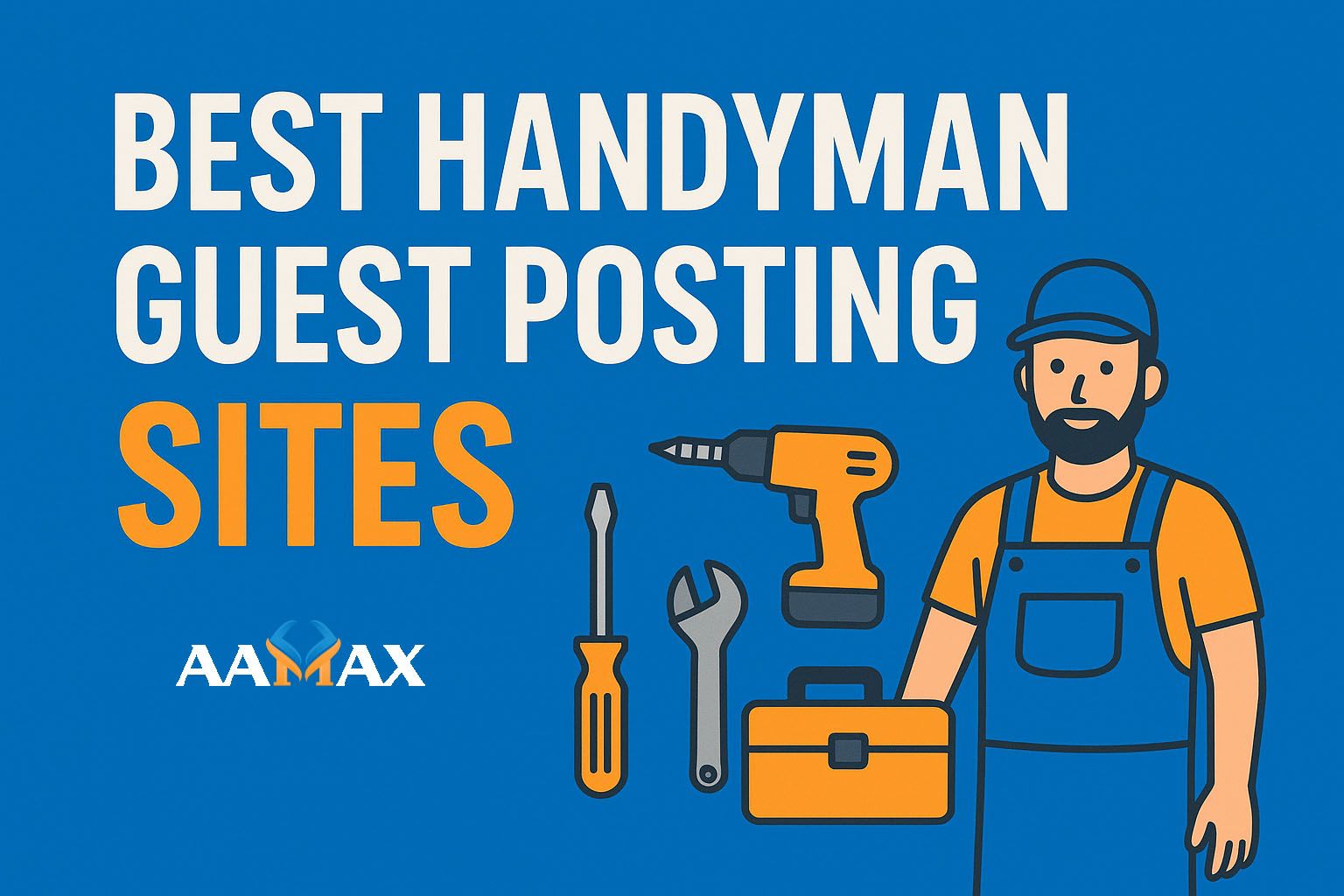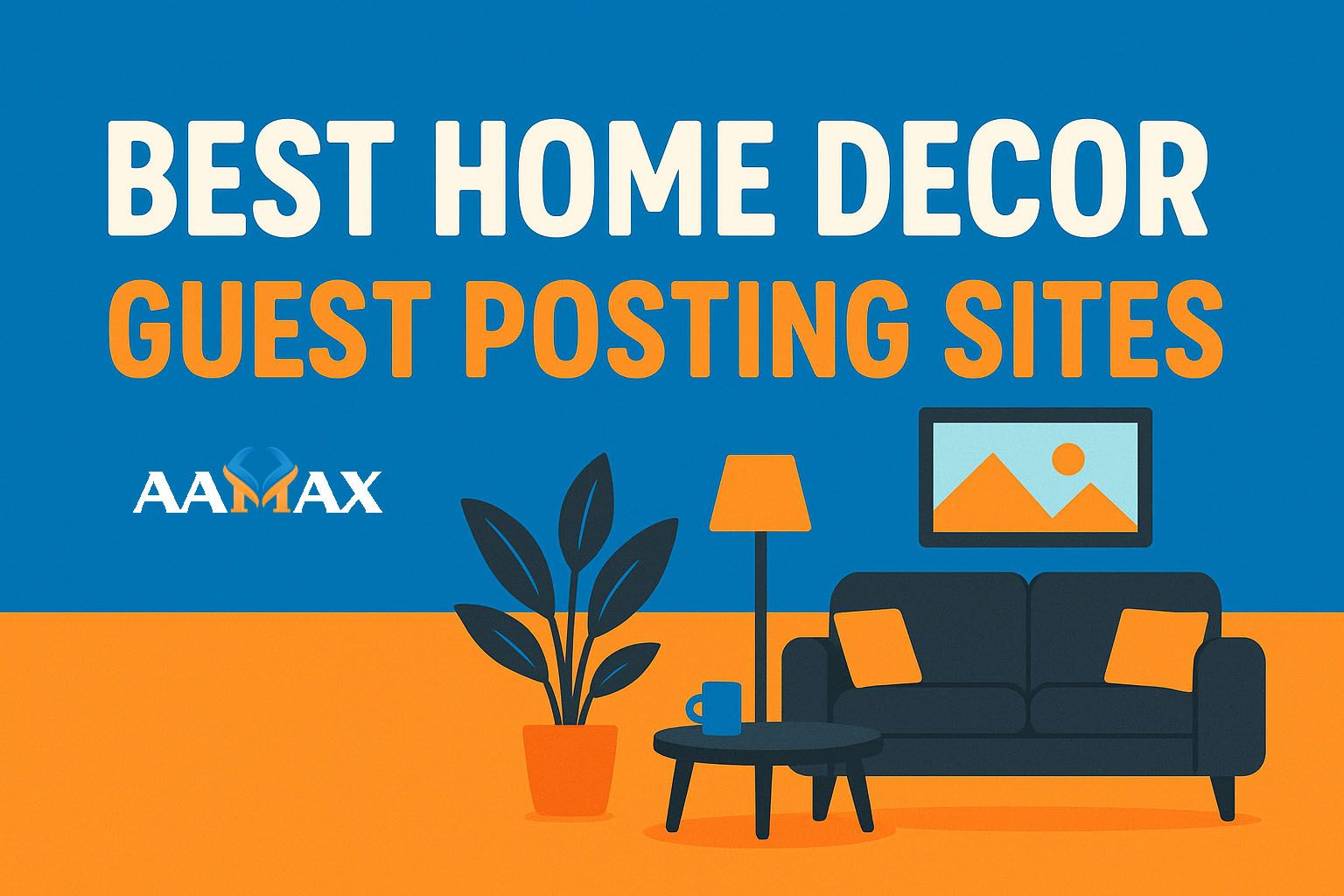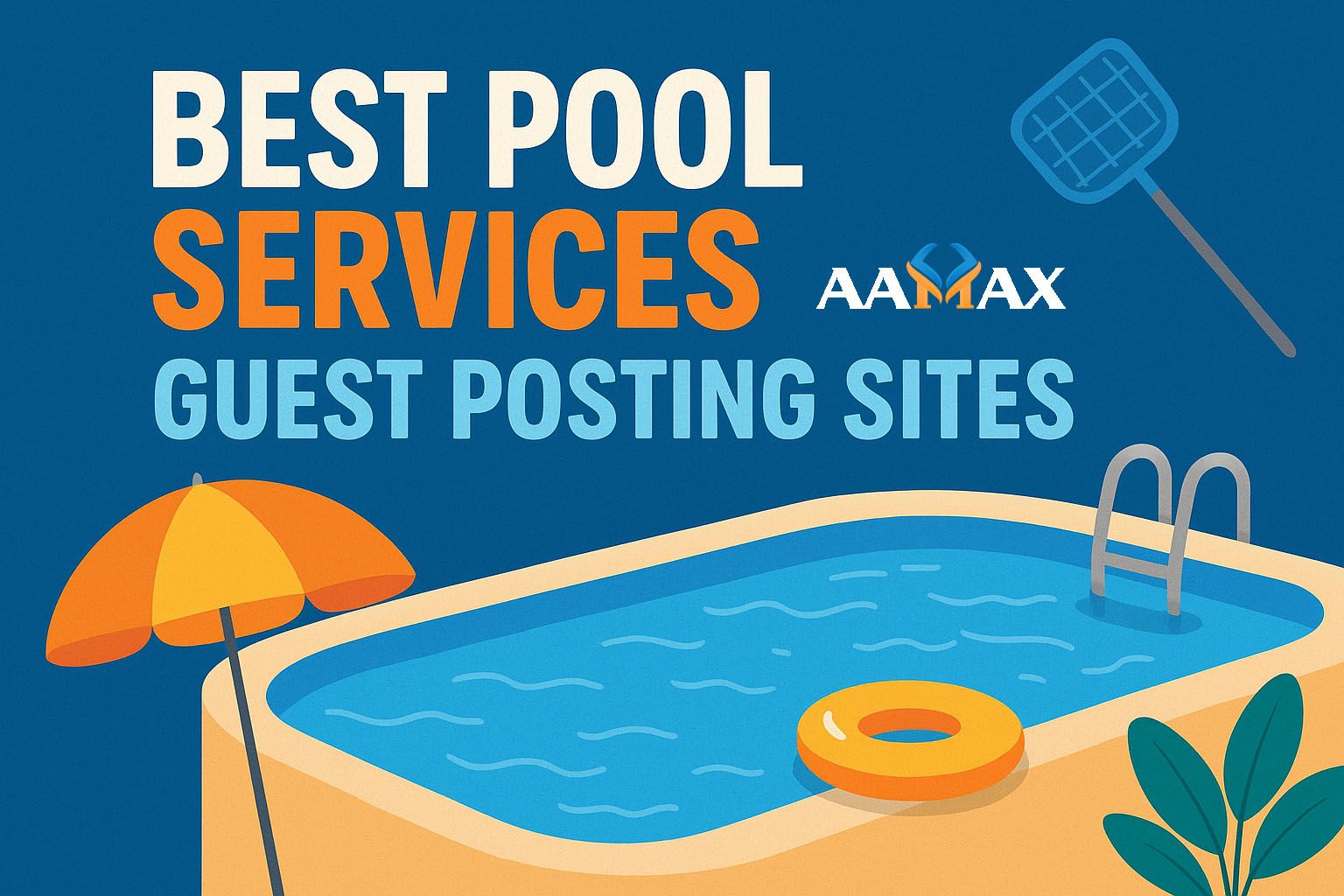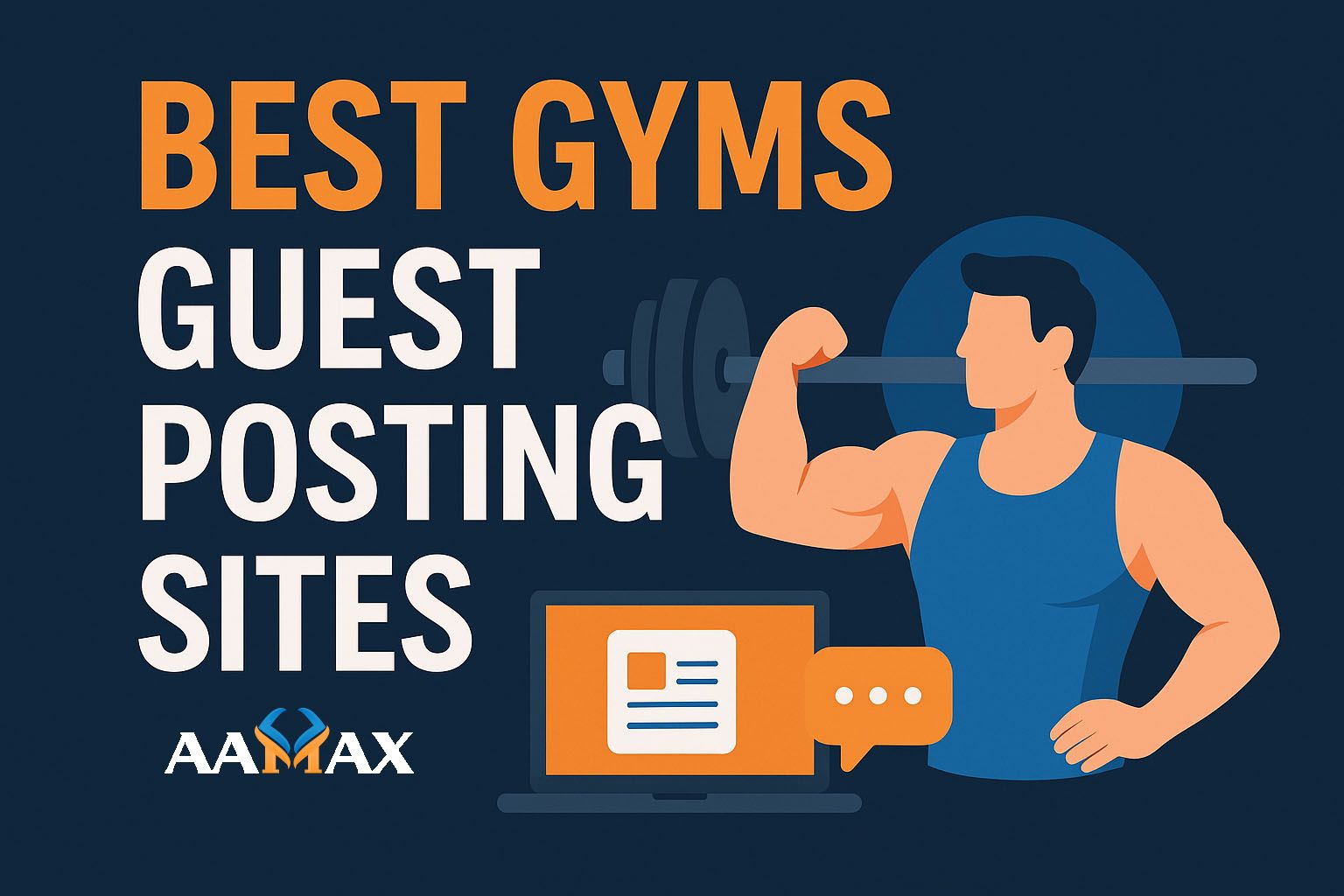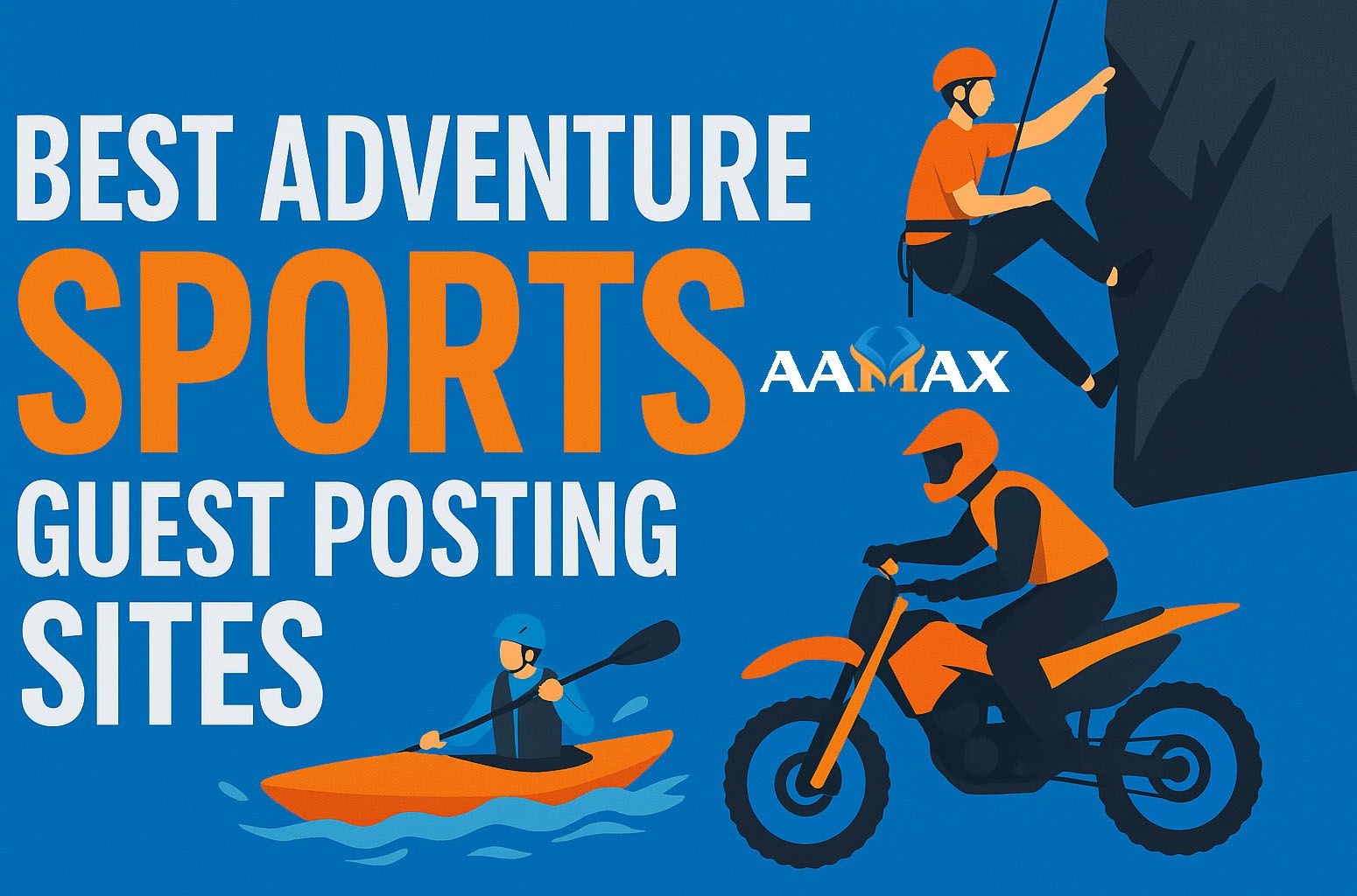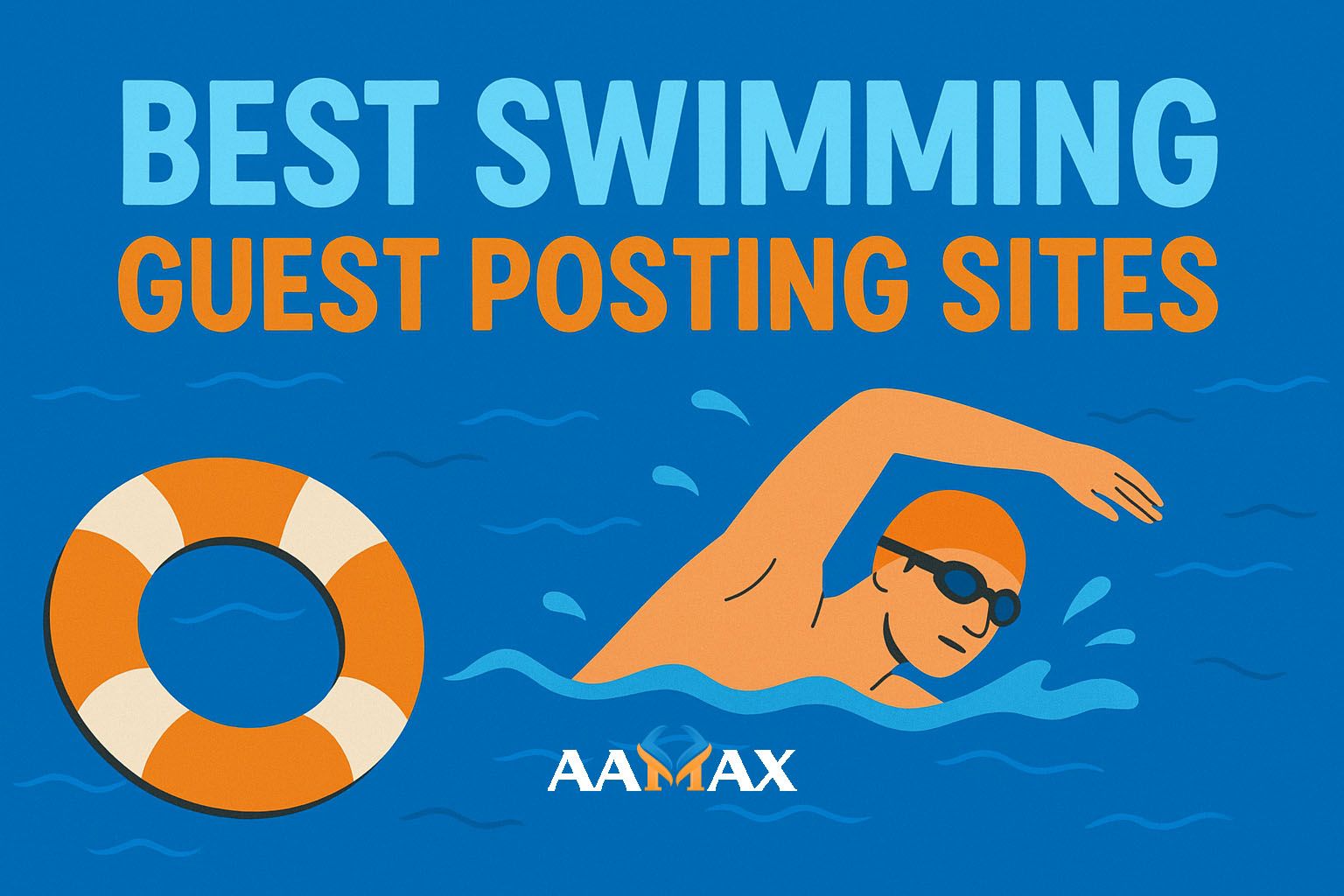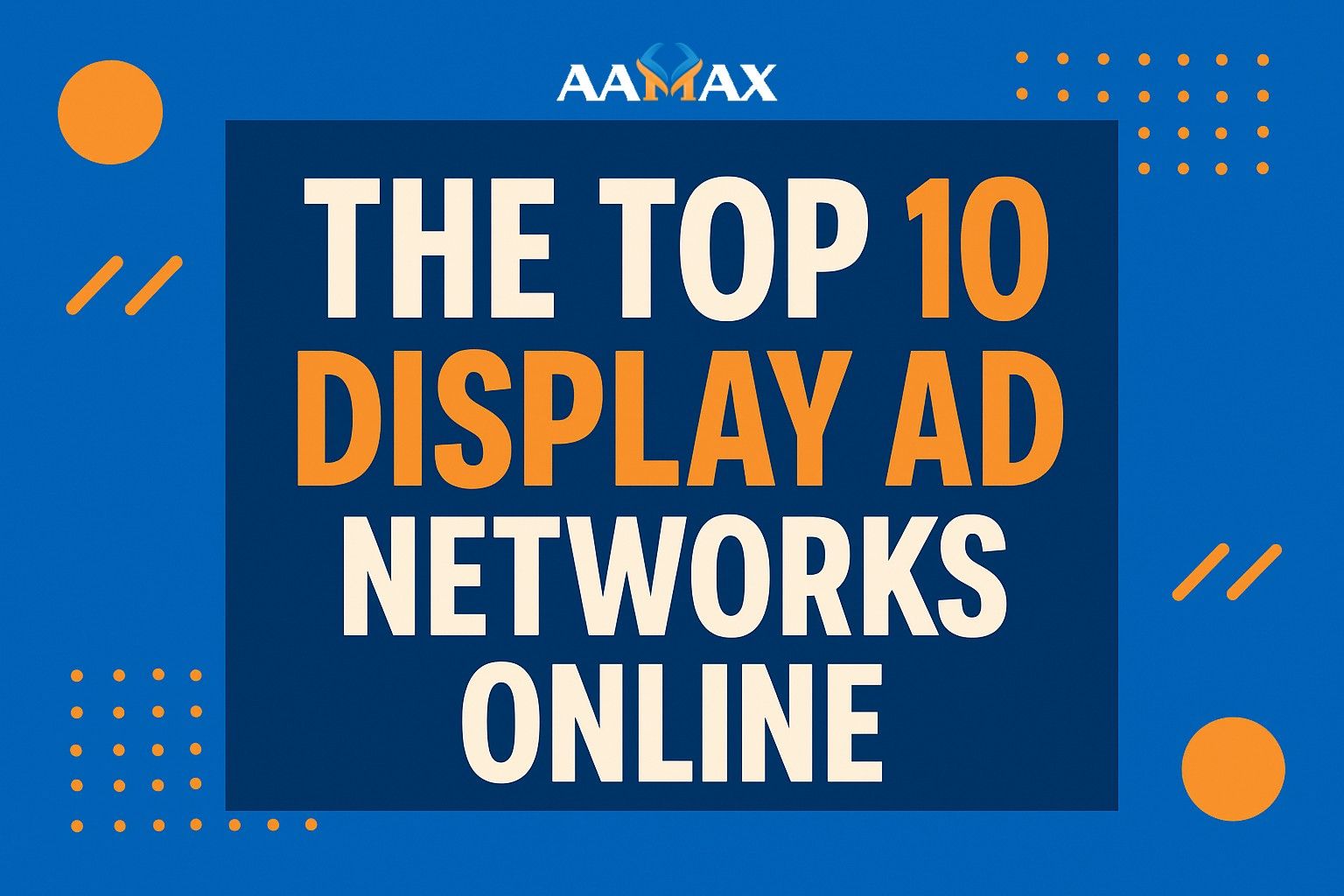
The Top 10 Display Ad Networks Online
Display advertising remains one of the most effective ways to reach your audience online. With banner ads, video ads, and rich media placements across millions of websites and apps, display networks give brands the ability to increase awareness, generate clicks, and drive conversions.
But with so many platforms available, choosing the right display ad network can be overwhelming. Each network offers its own targeting options, ad formats, and pricing models. The key is to understand your business goals and match them with the network that provides the best reach, tools, and ROI.
In this guide, we’ll explore the top 10 display ad networks online, their unique features, pros and cons, and tips for using them effectively.
What Are Display Ad Networks?
Display ad networks are platforms that connect advertisers with publishers (websites, apps, or platforms) to show ads. Instead of negotiating individually with publishers, advertisers can use a network to place ads across thousands of sites in just a few clicks.
These networks use advanced targeting—such as demographics, interests, behavior, and remarketing—to ensure ads are shown to the right audience. Common ad formats include:
- Banner ads
- Native ads
- Video ads
- Rich media
- Interactive ads
The success of display advertising depends on selecting the right network for your budget, niche, and marketing objectives.
1. Google Display Network (GDN)
The Google Display Network (GDN) is the largest and most widely used display advertising platform, reaching over 90% of internet users worldwide.
Key Features
- Access to millions of websites, YouTube, and apps.
- Sophisticated targeting options, including remarketing, affinity audiences, and in-market segments.
- Integration with Google Ads for seamless campaign management.
Pros
- Massive global reach.
- Advanced targeting and analytics.
- Flexible budgets, suitable for both small and large businesses.
Cons
- Competition can drive up costs.
- Requires strong ad creatives to stand out.
2. Facebook Audience Network (FAN)
The Facebook Audience Network extends Facebook ads beyond the platform, displaying them across partner apps and websites.
Key Features
- Leverages Facebook’s powerful user data for targeting.
- Supports native, banner, and interstitial ads.
- Integration with Facebook Ads Manager.
Pros
- Highly detailed audience targeting.
- Strong mobile presence.
- Great for app developers and mobile advertisers.
Cons
- Limited to Facebook’s ecosystem of partners.
- Works best for mobile ads, less effective for desktop.
3. Amazon Advertising
Amazon Advertising is a rapidly growing platform, especially effective for eCommerce brands. Ads appear on Amazon, partner websites, and apps.
Key Features
- Ads integrated directly into Amazon search and product pages.
- Strong intent-driven targeting based on shopping behavior.
- Includes display, video, and native ads.
Pros
- Excellent for product-based businesses.
- High-intent audience already in buying mode.
- Access to Amazon’s huge customer base.
Cons
- Limited reach outside of Amazon ecosystem.
- Costs can be high in competitive categories.
4. Taboola
Taboola is a leading native advertising platform that focuses on content discovery. It places ads that look like recommended articles or stories on top media websites.
Key Features
- Native ads integrated with editorial content.
- Access to premium publishers like USA Today, Bloomberg, and Business Insider.
- Advanced AI-based targeting.
Pros
- Ads feel less intrusive than traditional banners.
- High engagement rates.
- Great for content marketing and lead generation.
Cons
- Works best with high-quality content offers.
- May not drive direct conversions as effectively as other networks.
5. Outbrain
Outbrain is Taboola’s main competitor in the native advertising space. It delivers sponsored content across major publishers worldwide.
Key Features
- Native ads blended with organic content recommendations.
- Access to publishers like CNN, The Guardian, and Fox News.
- Options for video and carousel formats.
Pros
- Strong reach on high-traffic news sites.
- Native placements improve credibility.
- Excellent for brand awareness.
Cons
- Requires content-driven ad strategy.
- Less effective for immediate conversions.
6. Media
Media is powered by Yahoo and Bing and is one of the largest contextual ad networks.
Key Features
- Contextual targeting matches ads to relevant content.
- Access to Yahoo and Bing search traffic.
- Works well for niche websites and publishers.
Pros
- Strong performance with contextual targeting.
- Large publisher base.
- Good alternative to Google Ads.
Cons
- Smaller reach compared to Google Display Network.
- Less advanced targeting than some competitors.
7. Verizon Media (Yahoo Gemini)
Verizon Media, formerly Yahoo Gemini, is a network that combines native and display ads across Yahoo, AOL, and partner sites.
Key Features
- Access to Yahoo properties like Yahoo Mail and Yahoo News.
- Native ads integrated with content.
- Targeting options include demographics, interests, and behaviors.
Pros
- Reach millions of users across Yahoo’s ecosystem.
- Works well for native and display ad formats.
- Good brand-safe environment.
Cons
- Smaller audience compared to Google and Facebook.
- Limited innovation compared to newer platforms.
8. RevContent
RevContent is another native advertising network known for its high-quality placements.
Key Features
- Ads appear as recommended content across publishers.
- Advanced audience targeting and segmentation.
- Focus on quality traffic over quantity.
Pros
- High engagement rates.
- Affordable CPC compared to bigger networks.
- Strong content marketing support.
Cons
- Smaller reach compared to Taboola and Outbrain.
- Requires quality ad creatives to perform well.
9. AdRoll
AdRoll is a display and remarketing platform focused on helping eCommerce brands grow.
Key Features
- Powerful retargeting tools.
- Cross-device and cross-platform campaign management.
- Integration with email and other marketing channels.
Pros
- Excellent for retargeting abandoned carts.
- Comprehensive dashboard and analytics.
- Supports both display and social ads.
Cons
- Pricing may be high for small businesses.
- Focused more on eCommerce, less versatile for other industries.
10. BuySellAds
BuySellAds is a direct advertising network that connects advertisers with niche publishers.
Key Features
- Transparent marketplace for buying ad space directly.
- Supports display, native, podcast, and email ads.
- Strong focus on tech, design, and developer audiences.
Pros
- Excellent for niche targeting.
- Transparent pricing and placements.
- Great for brands targeting tech-savvy users.
Cons
- Smaller overall reach compared to big networks.
- Works best for brands with niche audiences.
How to Choose the Right Display Ad Network
Choosing the right display ad network depends on several factors:
- Budget: Google and Facebook offer flexibility, but Amazon and niche networks can be more cost-effective in the right categories.
- Audience: If your target audience is older, traditional platforms like Yahoo may perform better. For younger audiences, Facebook or TikTok’s display integrations work well.
- Goals: If you want conversions, Amazon and AdRoll are strong. If you’re after awareness, Taboola and Outbrain shine.
- Ad Format: If video is your strength, YouTube and Facebook outperform others. For native ads, Taboola and Outbrain dominate.
Best Practices for Display Advertising
To maximize ROI on display ads, follow these best practices:
- Invest in quality creatives: Eye-catching visuals and compelling copy are crucial.
- Use targeting wisely: Leverage demographic, geographic, and behavioral targeting.
- Test and optimize: Run A/B tests with multiple creatives and formats.
- Retarget visitors: Remarketing campaigns drive higher conversions.
- Monitor performance: Use analytics to refine campaigns continuously.
Final Thoughts
Display advertising continues to be a powerful way for businesses to build awareness, drive traffic, and generate sales. From the reach of Google Display Network to the niche focus of BuySellAds, each network offers unique advantages.
The key is to align your campaign goals with the right platform. Large-scale awareness campaigns may favor GDN or Facebook, while content-driven strategies might shine on Taboola or Outbrain. For product-driven businesses, Amazon and AdRoll provide direct ROI opportunities.
If you want expert guidance in setting up high-performing display ad campaigns, consider working with AAMAX. AAMAX is a full-service digital marketing company offering Web Development, Digital Marketing, and SEO Services, helping businesses maximize their online presence.

